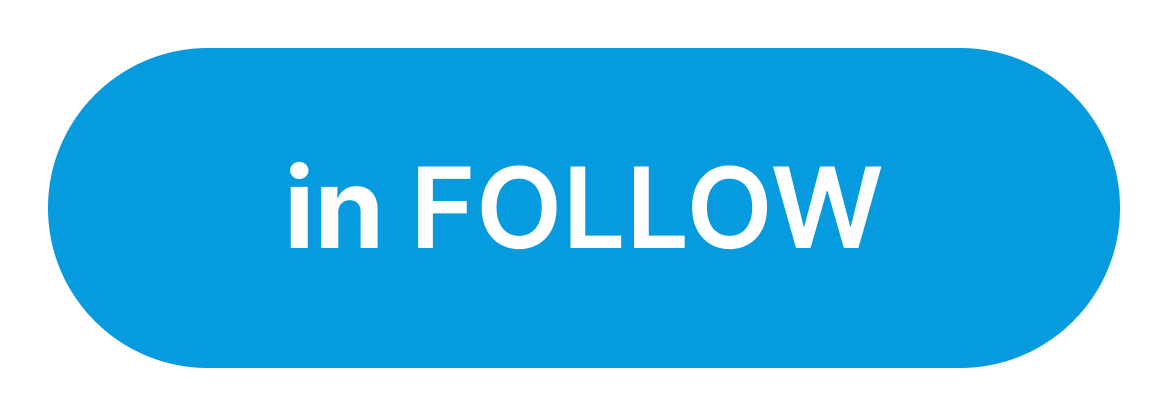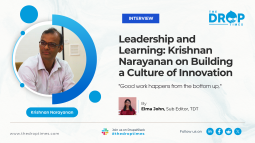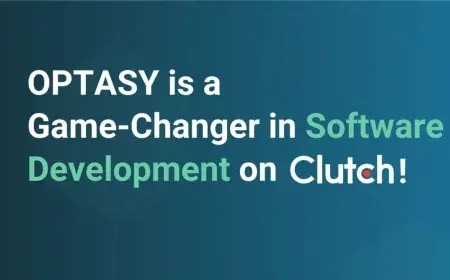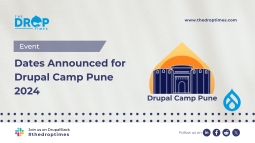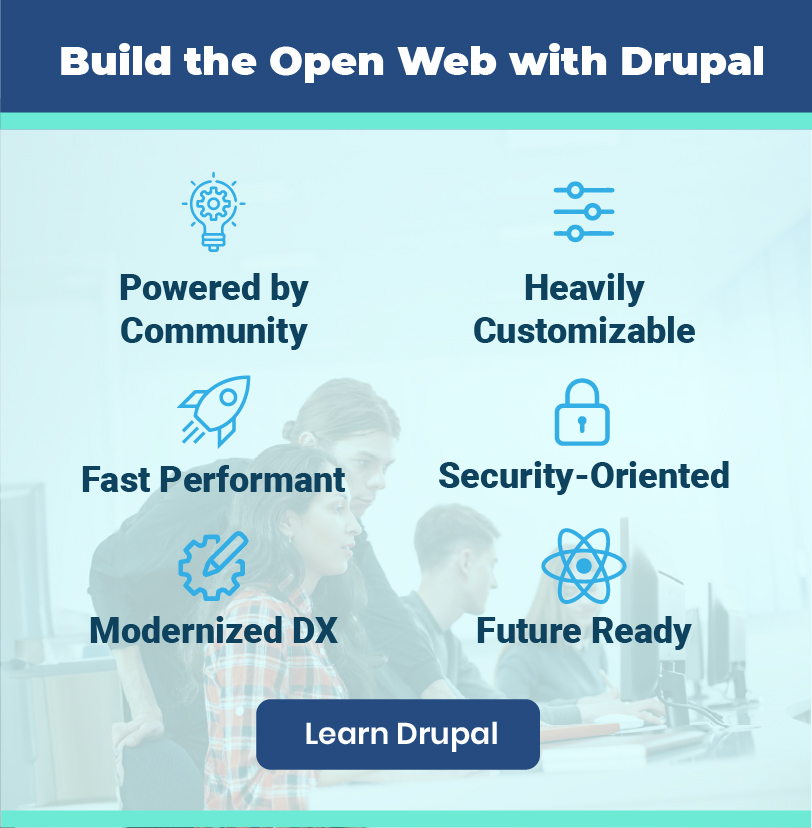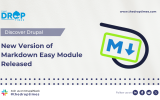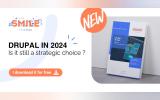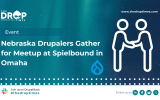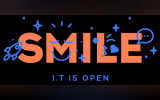Smile Launches Sobki: A New No-Code Drupal Profile at Drupalcamp Rennes 2024
Smile launched a new no-code Drupal profile named Sobki at DrupalCamp Rennes 2024 on March 27. Sobki is designed to maximize Drupal's potential by enabling users to leverage its features without requiring extensive coding knowledge. This development represents a significant step in making Drupal more accessible and user-friendly, particularly for those who may not have deep technical expertise but wish to utilize the robust capabilities of Drupal for building and managing websites.
Developed by Smile's research and development team, Sobki integrates the Bootstrap design system and supports custom design systems. It promotes a no-code approach enriched by UI Suite modules and adheres to environmental, social, and governance standards, including WCAG, RGAA, and GDPR compliance.
The profile, offered in various configurations, including the forthcoming Sobki Public incorporating the state design system (DSFR), aims to simplify the deployment of Drupal-based solutions while maintaining open-source accessibility.
While Sobki Community is gratis, Sobki Enterprise costs €2500 per month per site, and Sobki Elite starts from €3500 per month for up to 5 sites in a multi-site setup. These offerings are based on the same Drupal Sobki installation profile, and the charges are for the service rendered.

Smile, led by Digital Experience Manager Vincent Maucorps, also offers expert support in accessibility and eco-design throughout the project lifecycle.
The launch event at DrupalCamp Rennes 2024 highlighted Sobki's alignment with the growing trend towards no-code and low-code solutions, which are increasingly popular in the digital development space. These solutions facilitate a wider range of individuals and organizations building and customizing their web presence without needing specialized coding skills, thus democratizing web development.
Dries Buytaert, the founder of Drupal, has also emphasized the importance of no-code and low-code platforms in Drupal’s future. He believes that these platforms not only cater to a broader audience but also align with Drupal’s core as a flexible, powerful tool for web development. Buytaert has discussed how Drupal’s historical and ongoing enhancements are geared towards simplifying the user experience and enabling more people to build powerful, sophisticated websites more easily.
Source Reference
Disclosure: This content is produced with the assistance of AI.
Note: The vision of this web portal is to help promote news and stories around the Drupal community and promote and celebrate the people and organizations in the community. We strive to create and distribute our content based on these content policy. If you see any omission/variation on this please let us know in the comments below and we will try to address the issue as best we can.





